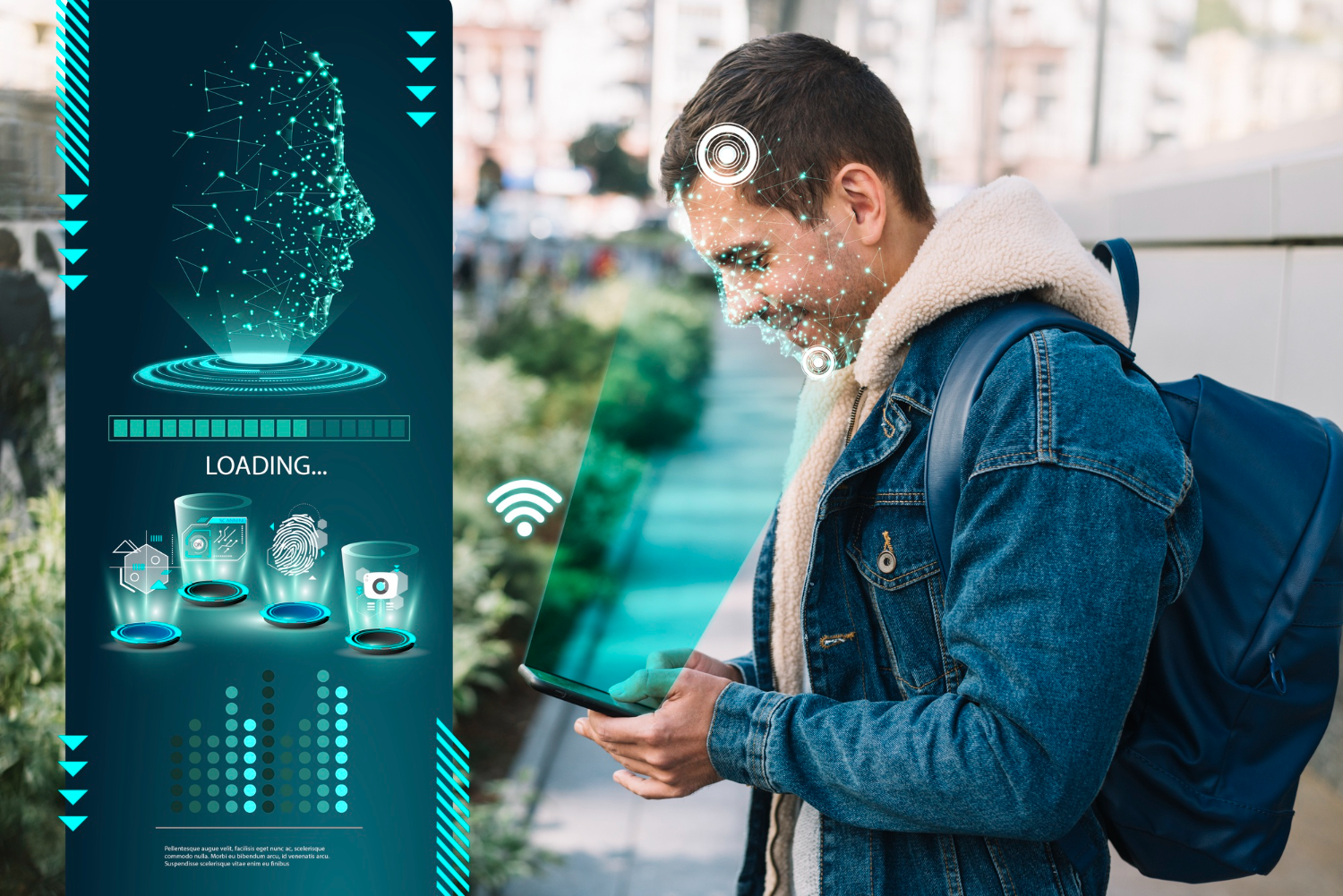Cybersecurity: Latest Methods to Protect Against Online Threats
In our increasingly digital world, cybersecurity has never been more important. As we rely more on the internet for our daily activities, from shopping to socializing to handling business transactions, the need for robust online security measures has grown exponentially. This blog post explores the latest methods in cybersecurity designed to protect against online threats and keep your digital life secure.
Advanced Authentication Techniques
One of the frontline defenses in cybersecurity is authentication. Passwords alone are no longer enough. Advanced techniques like two-factor authentication (2FA) and multi-factor authentication (MFA) have become more prevalent. These methods combine something you know (like a password), something you have (like a smartphone), and something you are (like your fingerprint). Biometric authentication, using fingerprints or facial recognition, adds another layer of security and is becoming increasingly common in personal devices.
AI and Machine Learning in Threat Detection
Artificial intelligence (AI) and machine learning are playing significant roles in detecting and responding to cyber threats. These technologies can analyze vast amounts of data to identify patterns and anomalies that might indicate a cyberattack. AI systems can learn from each interaction, continuously improving their ability to detect new and sophisticated threats, often identifying them faster than humanly possible.
Blockchain for Enhanced Security
Blockchain technology, best known for its use in cryptocurrencies, is finding its way into cybersecurity. Its decentralized nature makes it highly resistant to tampering and fraud. Blockchain can be used to secure everything from online transactions to personal data, providing a transparent and tamper-proof record. As we move towards a more connected world, the applications of blockchain in cybersecurity are expanding.
The Rise of Secure Access Service Edge (SASE)
The Secure Access Service Edge (SASE) model is a comprehensive framework that combines network security functions with wide area networking (WAN) capabilities to support the dynamic, secure access needs of organizations. This approach is particularly relevant in the era of remote work, as it provides secure, borderless network connectivity that is not tied to a single physical location, thereby offering greater flexibility and security for remote teams.
As online threats continue to evolve, staying informed about the latest cybersecurity trends and methods is crucial for personal and organizational safety. From advanced authentication techniques to AI, blockchain, and the SASE model, the tools and strategies to protect our digital lives are becoming more sophisticated and integrated. Remember, cybersecurity is a continuous process, not a one-time setup. Regularly updating your knowledge and tools is essential in the ever-changing landscape of cyber threats. By staying vigilant and embracing these advanced technologies, we can significantly reduce our vulnerability to online risks.


